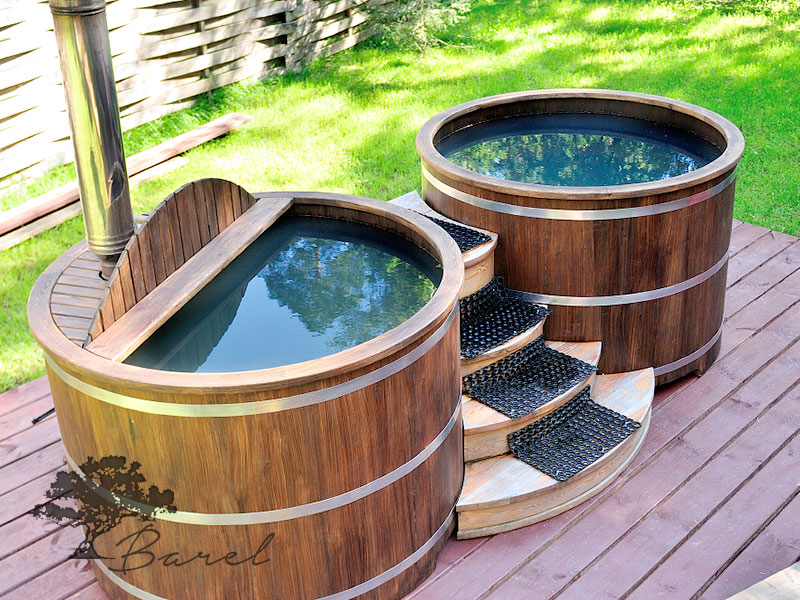Since the Great Geographical Discoveries, Eastern cultures have been a source of curiosity for Europeans: while the Western world is rushing into the future, using only the most modern technologies, materials and patterns of behaviour, the East remembers and honours traditions accumulated over millennia. At the same time, the East is not a stranger to Western technologies, such as construction, machinery and machine tools, bringing them to perfection, and thus accumulating in its civilisation all the achievements of mankind. The Land of the Rising Sun has become a kind of encyclopaedia of human technology: the land of advanced electronics and, at the same time, the centre of medieval traditions with veneration of rituals and cold weapons. Some neighbourhoods of the city are lit up with neon signs, as if night never comes, while the roofs of others are covered with carved dragons and clay tiles. However, with regard to the bath as a health-relaxation complex of activities, the inhabitants of the Japanese islands are not in a hurry to bring something new. Maybe they found the perfect solution long ago, and now we should adopt it?
The traditional Japanese bath is very different from all other baths in the world. In Japan, bathing is not just about washing the body clean, but above all about cleansing the mind and spirit. In the Japanese bath, according to religious beliefs, soap was not used, as it was made from slaughtered animals, so hot water was used for washing. Besides, strong winter colds, associated with high humidity, simply penetrated the light clothes of the Japanese, and steam heating was rare and expensive, so they warmed up every day in their hot fonts. In modern Japan, both soap and warm clothes are used, but the tradition of warming up in the bath has not disappeared. A variant of the Japanese bath is a ritual consisting of alternate visits to the furako font, then an hour’s rest motionless on a couch to quiet music, which ends with a tea party. What is behind these strange and incomprehensible words?
If you follow the chain of the bathing procedure, first of all, after taking a shower, the visitor takes a dip in a hot water font. A furako font is made only of natural wood such as oak, larch or cedar. Wood, as a natural natural material, enriches the water with minerals and tannins, oils, extracts, turning it into «living» water. The water temperature is about 45-50 degrees centigrade. If desired, the water is heated to higher temperatures. For this purpose, cookers are installed in furako: wood immersion or special electric heaters. For the safety of burns ovens are fenced off with a lattice wall. In spas, central water supply is connected to the font.
Sea salt, flower petals and aromatic essential oils are added to the water for the best therapeutic effect. The Furako treatment allows the person to warm up deeply and relax. While the visitor is warming up, he is given a light relaxing massage of the face, head, shoulders and collar area. The whole pleasure lasts for 15 minutes.
After that it is necessary to dry off, the second stage begins — rest. The event that concludes the bath ritual is a tea party.
As in any bath, the human body loses a large amount of water when sweating, which must be restored. Mineral water and phyto teas are good for this, but in a Japanese bath it is customary to drink healthy green teas with orchid, jasmine, cinnamon flowers or rice. In order for the tea leaves to fully unfold and fill the tea with their aromatic power, it is brewed three times.
The medicinal properties of furako kupel.
Firstly, as any bathing procedure, Japanese bath helps to strengthen the cardiovascular system, improves blood circulation, removes toxins and toxins from the body, promotes weight loss, increases immunity, raises the mood. The body becomes more resistant to viral and cold diseases.
Secondly, the powerful rapid heating of the body deeper opens the pores of the skin, through which the useful substances released by both wood and essential oils penetrate.
Thirdly, Japanese furako baths have a strong relaxation effect. For people with an active rhythm of life, with strong stressful situations, with mental and physical tension, visiting a Japanese bath is not only useful, but simply necessary.





